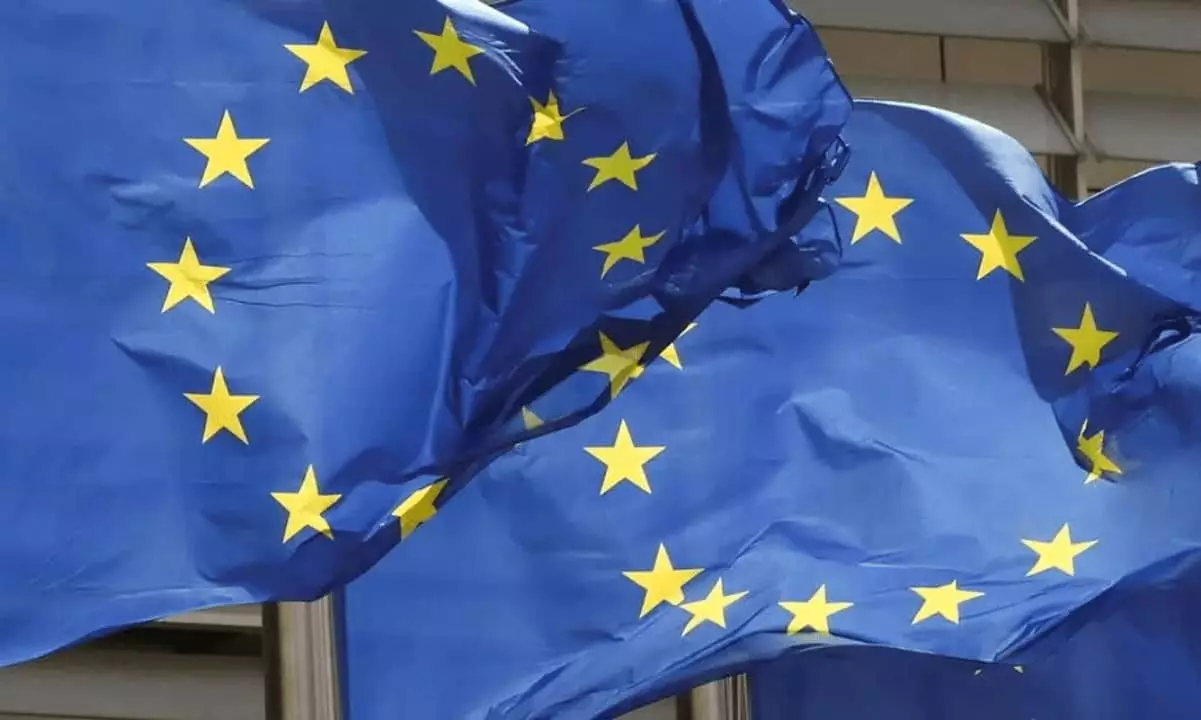Six months into its full implementation, Europe’s Markets in Crypto-Assets regulation (MiCA) is rapidly transforming the landscape for digital assets across the continent. While the EU touts MiCA as a milestone toward transparent and responsible crypto markets, the reality reveals a complex picture—one where stringent oversight could stifle innovation under the guise of protection. The initial data shows a cautious yet deliberate shift in licensing, with only a modest number of stablecoin issuers and crypto service providers securing approvals. This signals an underlying tension; on one hand, establishing regulatory certainty is essential to bring legitimacy and bolster investor confidence, but on the other, it risks creating barriers that exclude smaller, innovative players from competing on an even footing.
The reality is that only 14 stablecoin issuers across multiple EU member states have made it through the licensing process—mainly large, established entities situated in countries like France, Germany, Malta, and the Netherlands. The diversity of these issuers, including firms from traditional finance, fintech, and crypto-native sectors, signals a healthy push toward inclusion. Yet, the notable absence of asset-referenced tokens (ARTs) due to low demand hints at broader market hesitancy or perhaps the early-stage nature of this segment. It seems clear that the regulation is favoring more established token types, limiting the scope for innovative asset classes that could challenge traditional financial notions.
Meanwhile, although dozens of firms are making progress, a significant number—over 35—have been flagged as non-compliant, primarily by Italy’s CONSOB authority. This underscores a recurring theme: regulatory divergence within the EU, which could undermine the very harmonization MiCA seeks to achieve. The notion of passporting, fundamental to the EU’s single market ambitions, remains a work in progress, and current trends suggest that compliance might come at a steep cost, especially for smaller exchanges and startups trying to avoid heavy burdens or potential exclusion.
Regulation as a Catalyzer or Barrier for Growth?
Contrary to optimistic narratives, the real-world effects of MiCA are complex. As more firms seek licenses in jurisdictions like the Netherlands—with its active financial regulator, the AFM—the regulatory landscape appears to be becoming more crowded, not less. German and Dutch firms lead the charge, but compliance costs are inevitable. Approximately 42% of crypto startups anticipate higher operational expenses, which could disproportionately impact innovation-driven firms that lack the deep capital reserves of traditional financial institutions.
From a market perspective, the projected growth in stablecoins and regulated tokens paints an optimistic picture. A 35% increase in market capitalization of compliant stablecoins suggests that locking in regulatory legitimacy might attract more investors. However, the question remains whether these gains are sustainable or merely superficial, realized mostly by platforms that have already navigated the maze of approvals. The perception of increased transparency and reduced fraud, favored by the majority of investors, could foster trust over the long term. Still, the practical reality of higher compliance costs could hamper the dynamism of the EU’s crypto sector—particularly its startups, which are often the most innovative but also the most vulnerable to regulatory constraints.
The broader economic outlook presents a double-edged sword. A forecasted market size of $1.2 trillion by 2025 indicates vast potential—but reaching this milestone hinges on balancing regulation with innovation. Stricter oversight can serve as a shield, preventing scams and market abuses, but it may also stunt the growth opportunities that likely attracted many firms to the EU in the first place. The burgeoning trend of crypto firms appointing dedicated compliance officers underscores an essential, yet costly, shift towards more mature organizational structures, which might not be sustainable for small or mid-sized players.
Is MiCA Setting the Stage for a Responsible but Restrictive Future?
Overall, Europe’s approach with MiCA embodies a deliberate attempt to build a regulated, investor-friendly crypto environment. However, the sweeping nature of the regulation risks creating a landscape where compliance becomes a barrier to entry rather than a foundation for trust. While it might lay the groundwork for a safer, more transparent market, it also raises concerns about overregulation turning into overreach, particularly for smaller firms pushing the boundaries of innovation.
The EU’s regulatory framework appears to be moving towards a cautious middle ground—balancing the need for oversight with the desire to remain competitive. The challenge lies in ensuring that regulations do not inadvertently favor large incumbents at the expense of disruptive startups. As the market evolves, MiCA’s true impact will hinge on how well regulators adapt to the fast-moving crypto space—whether they foster a thriving ecosystem or inadvertently choke it. The coming months will reveal whether this ambitious regulation can truly serve as the backbone for a vibrant, responsible, and innovative cryptocurrency industry in Europe.

